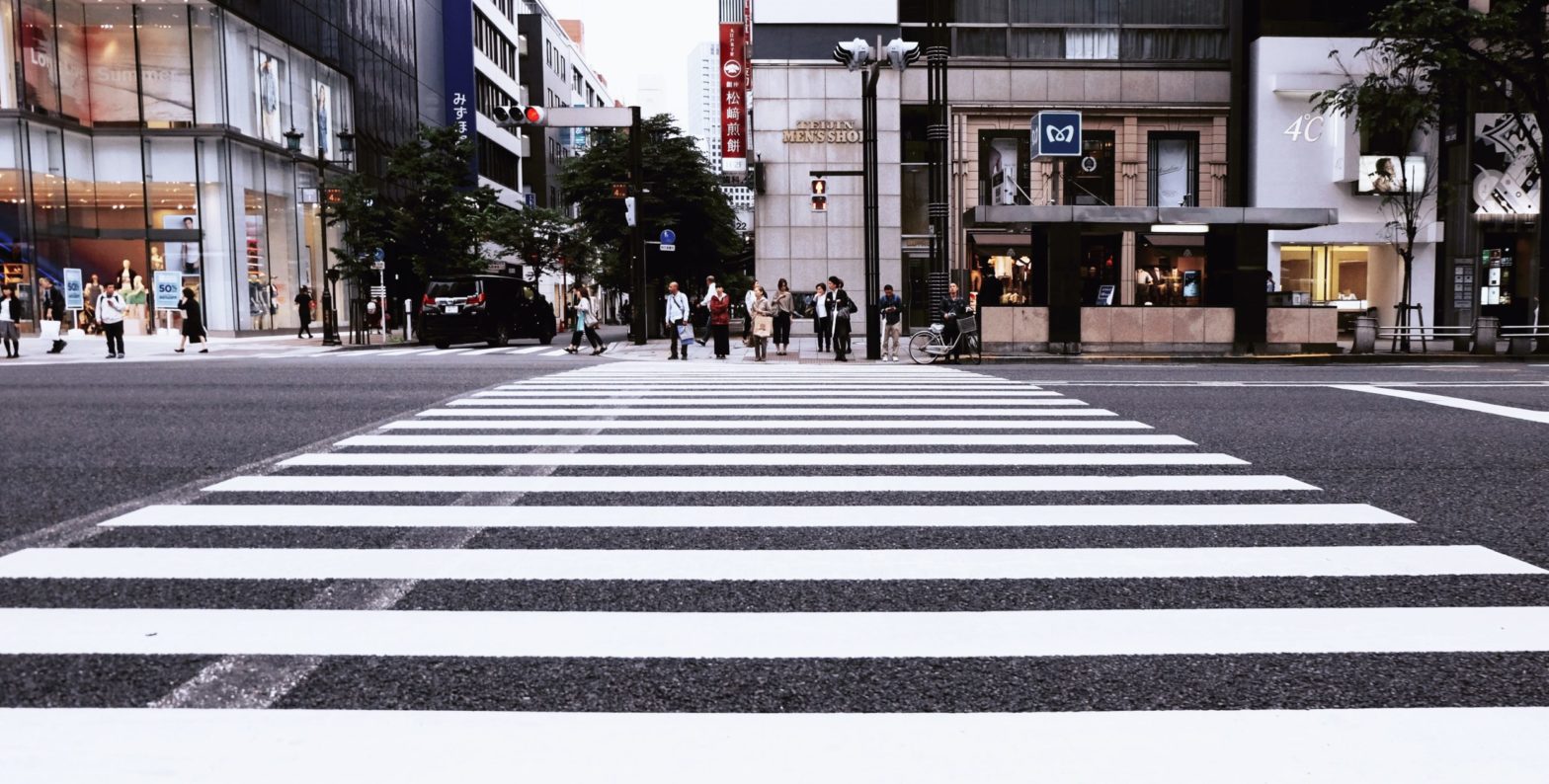
Photo: iStock.com/LeoPatrizi
Making our roads safer together: a heartfelt call to action
29 April 2024
Every year, roads claim an alarming – and heart-wrenching – number of lives.
About 1.19 million people succumb to road traffic each year. And this issue hits close to home in the US, where over 40,000 are killed on the roads annually. Alarmingly, road traffic injuries are the leading cause of death among children and young adults aged 5–29 years. More than half of all road traffic deaths affect vulnerable road users – pedestrians, cyclists, and motorcyclists – emphasising the need for us to take urgent action in prioritising road safety initiatives and promoting responsible behaviours to prevent further tragedies.
Several risk factors contribute to road traffic injuries, underscoring the importance of adopting a safe system approach to mitigate them. This method focuses on creating transport systems that accommodate human error, ensuring safe roads, speeds, vehicles, and road user behaviours.
Among these risk factors, speeding is a major factor in traffic deaths and injuries, significantly increasing crash risks and severity and particularly endangering pedestrians and car occupants alike. Unsafe road infrastructure also adds to the danger, stressing the need for well-designed roads with provisions for pedestrian, cyclist, and motorcyclist safety.
The need for timely post-crash care cannot be overstated. Delays in providing care can worsen injuries, highlighting the importance of quick access to quality prehospital and hospital care.
The urgent need for road safety
A comprehensive approach, adopting the safe system perspective that accounts for human error and focuses on safe roads, speeds, vehicles, and user behaviours is crucial in eliminating fatal crashes and reducing serious injuries on our roads.
Vision Zero is a traffic safety philosophy that originated in Sweden in the 1990s and has since gained international recognition. At its core, it aims to eliminate all traffic fatalities and severe injuries while ensuring safe, healthy, and equitable mobility for all.
This approach shifts the focus from merely reducing accidents to proactively addressing the root causes of crashes.
Cities adopting Vision Zero set ambitious goals to cut road fatalities and severe injuries, and they undertake detailed traffic analyses, identify high-risk areas, and implement targeted measures to mitigate risks. Moreover, it emphasises collaboration among stakeholders including government agencies, transportation planners, law enforcement, and community groups to foster a culture of shared responsibility for road safety.
Why are communities making road safety a top priority – and where does Miovision come in?
In short, we aim to eliminate fatal and serious injury collisions on transport networks by focusing on the intersection between exposure, likelihood, and severity.
In line with the Vision Zero philosophy, cities are turning to advanced technologies for crucial data to guide decision-making. Accurate, reliable data helps us understand traffic dynamics, pinpoint potential hazards, and assess the effectiveness of safety measures.
 A standout in the field of road safety is the Miovision Scout® Plus – a portable data collection tool for conducting near-miss analysis safety studies. With Miovision Scout® Plus, data collectors and traffic engineers can easily perform comprehensive safety studies that make roads and cities safer.
A standout in the field of road safety is the Miovision Scout® Plus – a portable data collection tool for conducting near-miss analysis safety studies. With Miovision Scout® Plus, data collectors and traffic engineers can easily perform comprehensive safety studies that make roads and cities safer.
Miovision’s Safety Studies solution goes above and beyond the standard by identifying near-misses and analysing several factors to forecast the likelihood of crashes that could result in injuries or fatalities. These studies leverage an efficient upload-for-processing system that enables traffic engineers to identify – and mitigate – risks before collisions happen. Why is this important? Because historically, road safety efforts have been reactive, relying on historical and unreliable crash data.
Miovision Safety Studies can predict future crashes with a remarkable 94 percent accuracy thanks to its ability to precisely measure speeds, temporal separation, conflict angles, as well as consider the vulnerability of road users. Armed with this critical info, road safety engineers can recommend devise plans for intersections that result in up to an 80 percent reduction in risk. It’s clear that by leveraging data from the Miovision Scout® Plus, cities can allocate resources more effectively, implement targeted safety measures, and track progress towards Vision Zero goals.
 Whether optimising traffic signals, redesigning intersections, or introducing traffic calming measures, insights collected with Miovision Scout® Plus empower cities to make informed, evidence-based decisions to improve road safety for all.
Whether optimising traffic signals, redesigning intersections, or introducing traffic calming measures, insights collected with Miovision Scout® Plus empower cities to make informed, evidence-based decisions to improve road safety for all.
We believe in a safer, more efficient transport system, and our innovative solutions are already making a difference in cities worldwide with 100+ cities already having performed Miovision Safety Studies including Austin, Los Angeles, New York, Washington, Tokyo, Toronto, and Amsterdam.
As cities continue to grow and evolve, ensuring the safety of their streets is essential. By embracing Vision Zero and leveraging innovative technologies, communities can work towards the ambitious goal of eliminating traffic fatalities and severe injuries.
Together, with dedicated efforts and a commitment to collaboration, we can create safer, more efficient and accessible roads for everyone.







